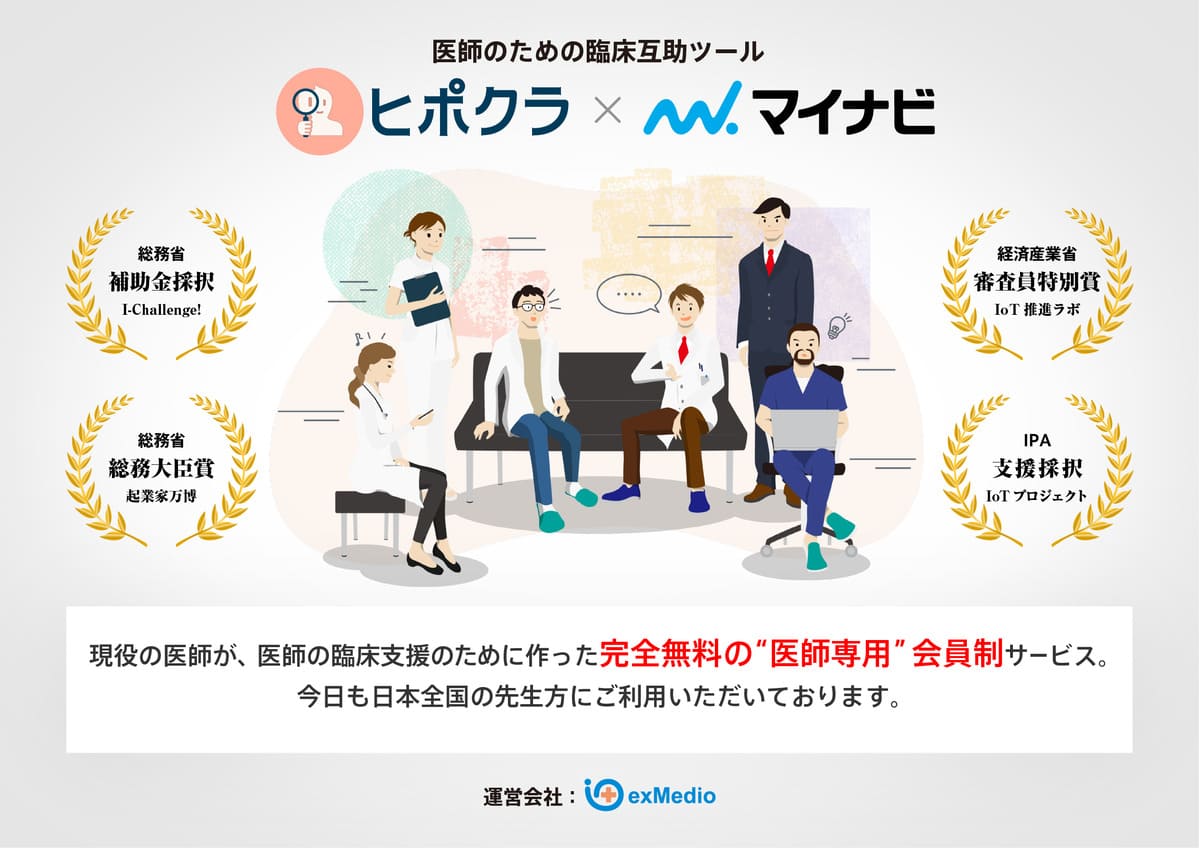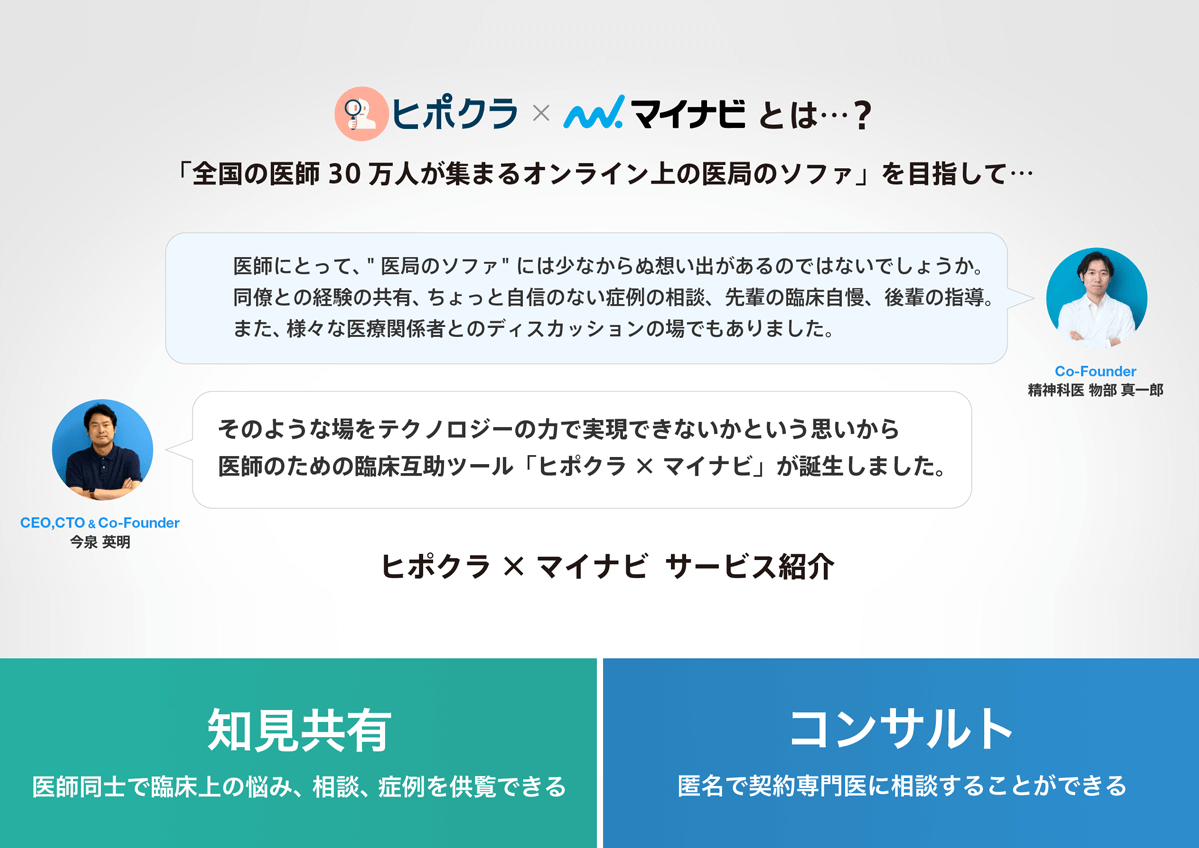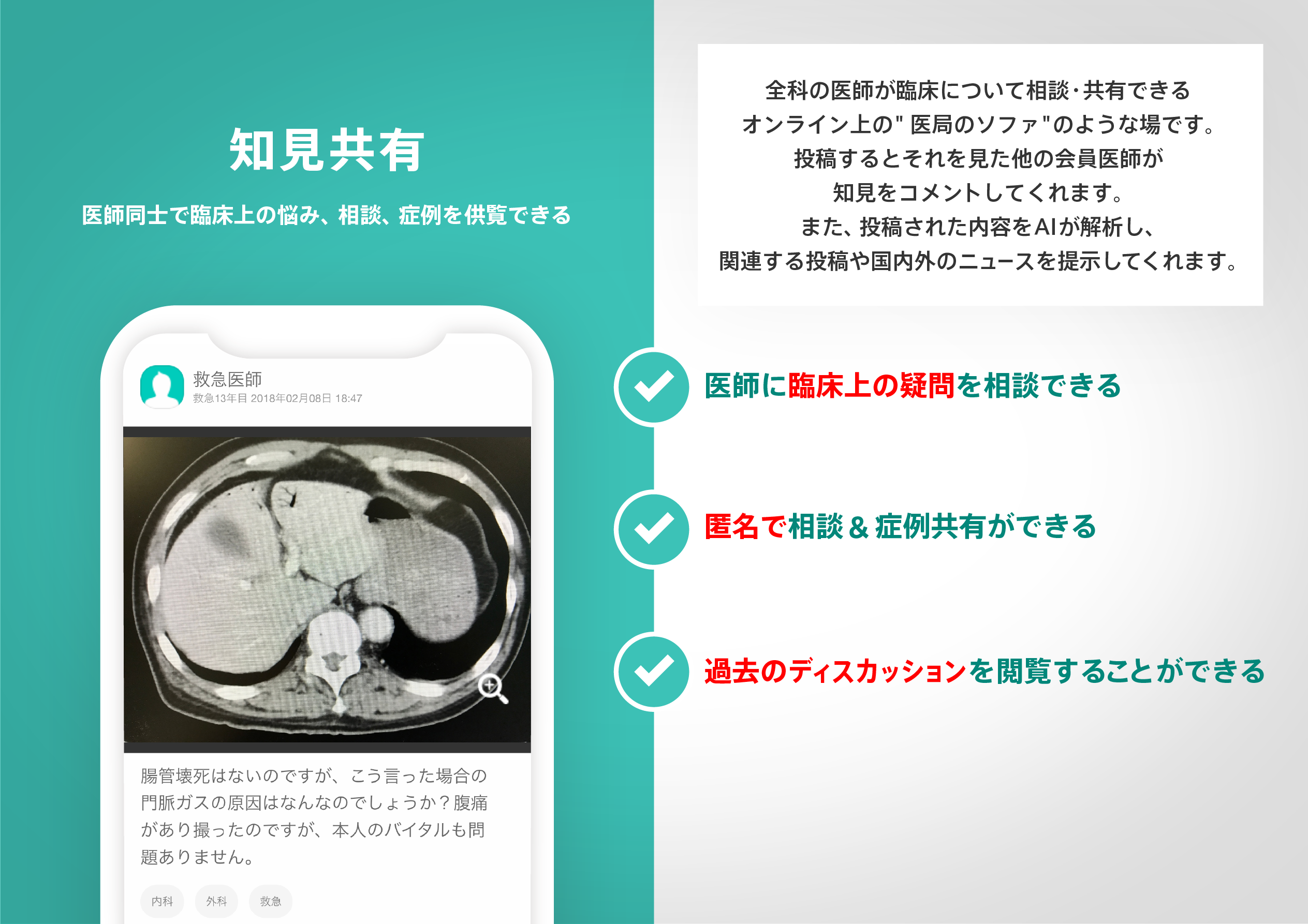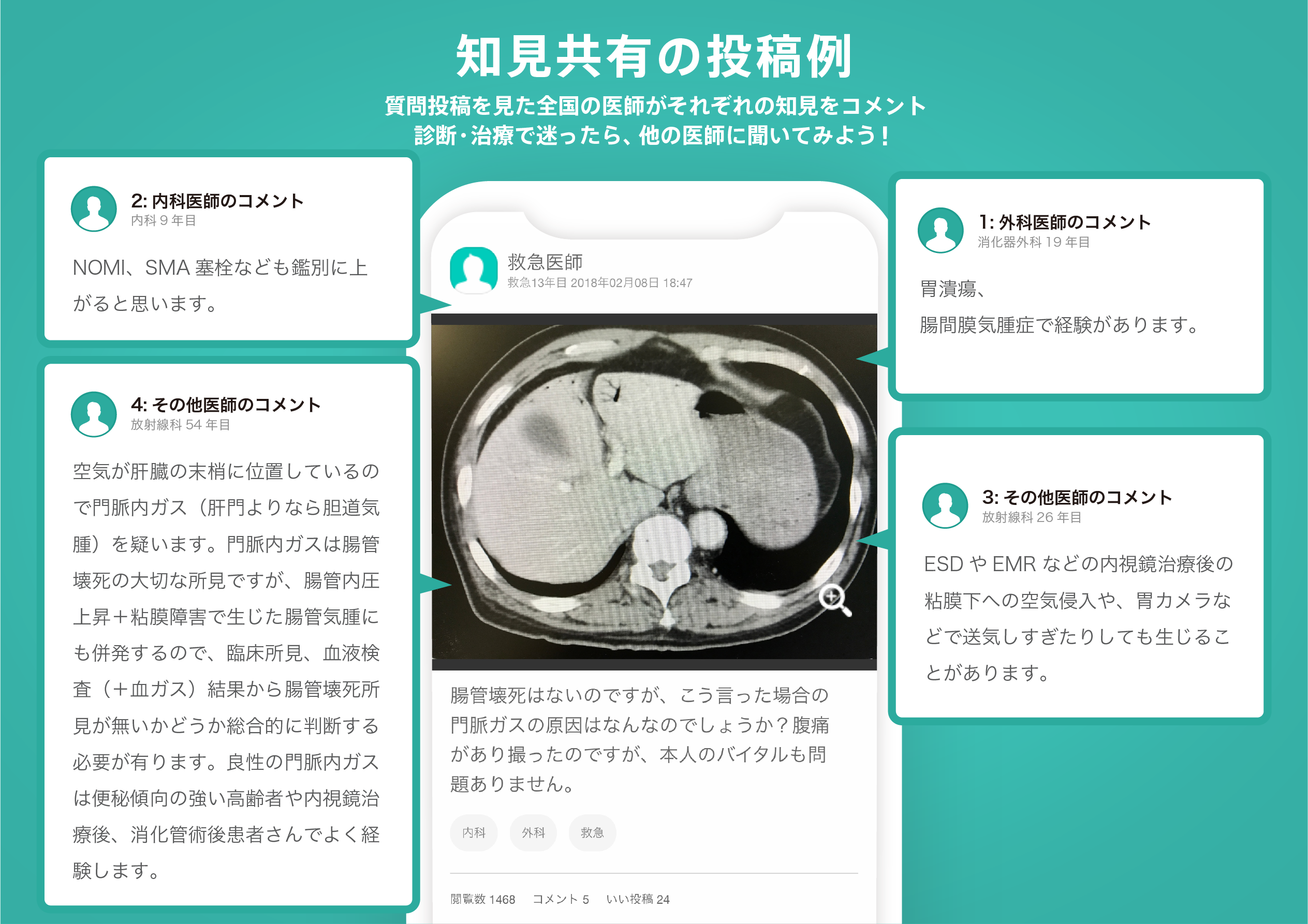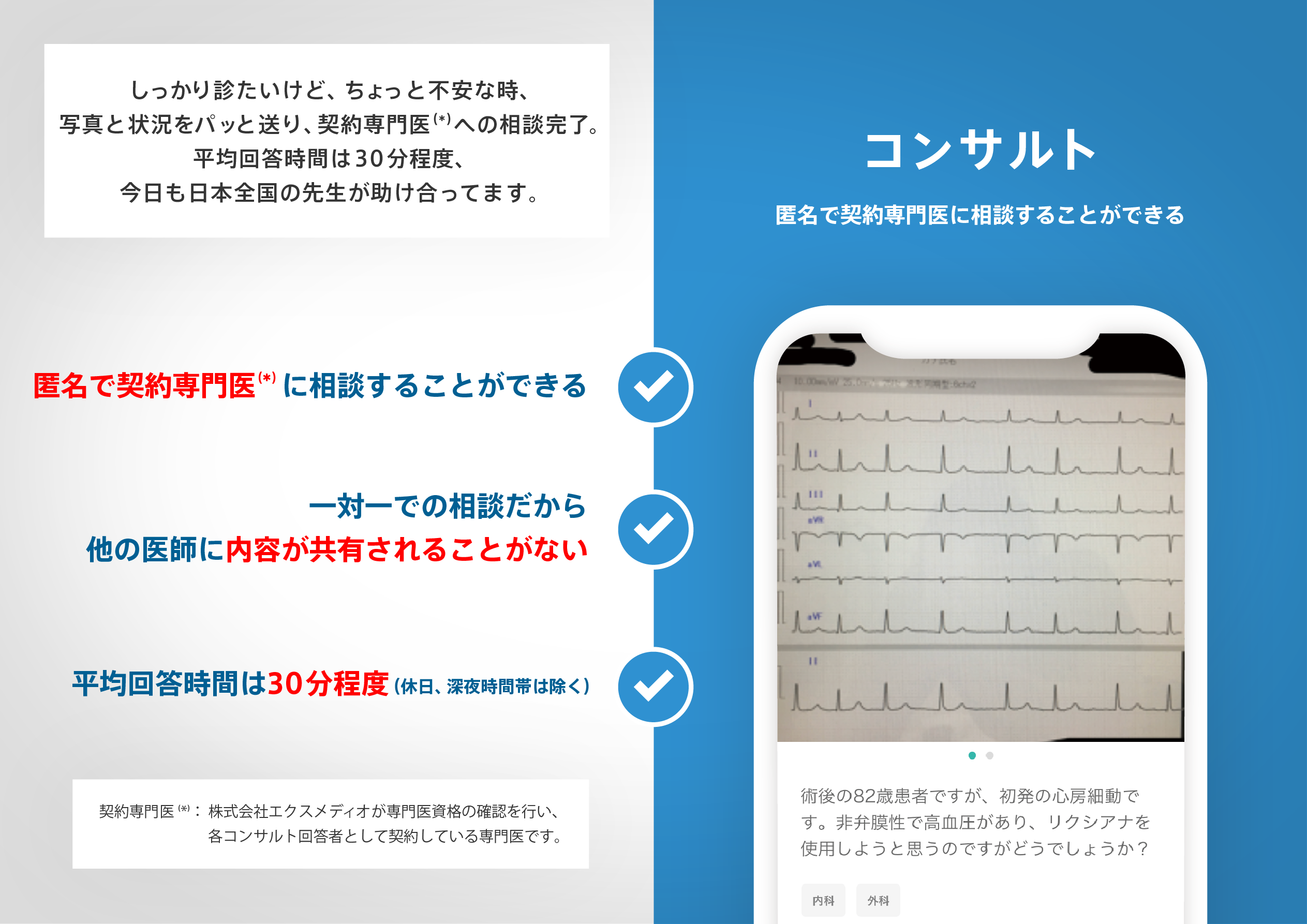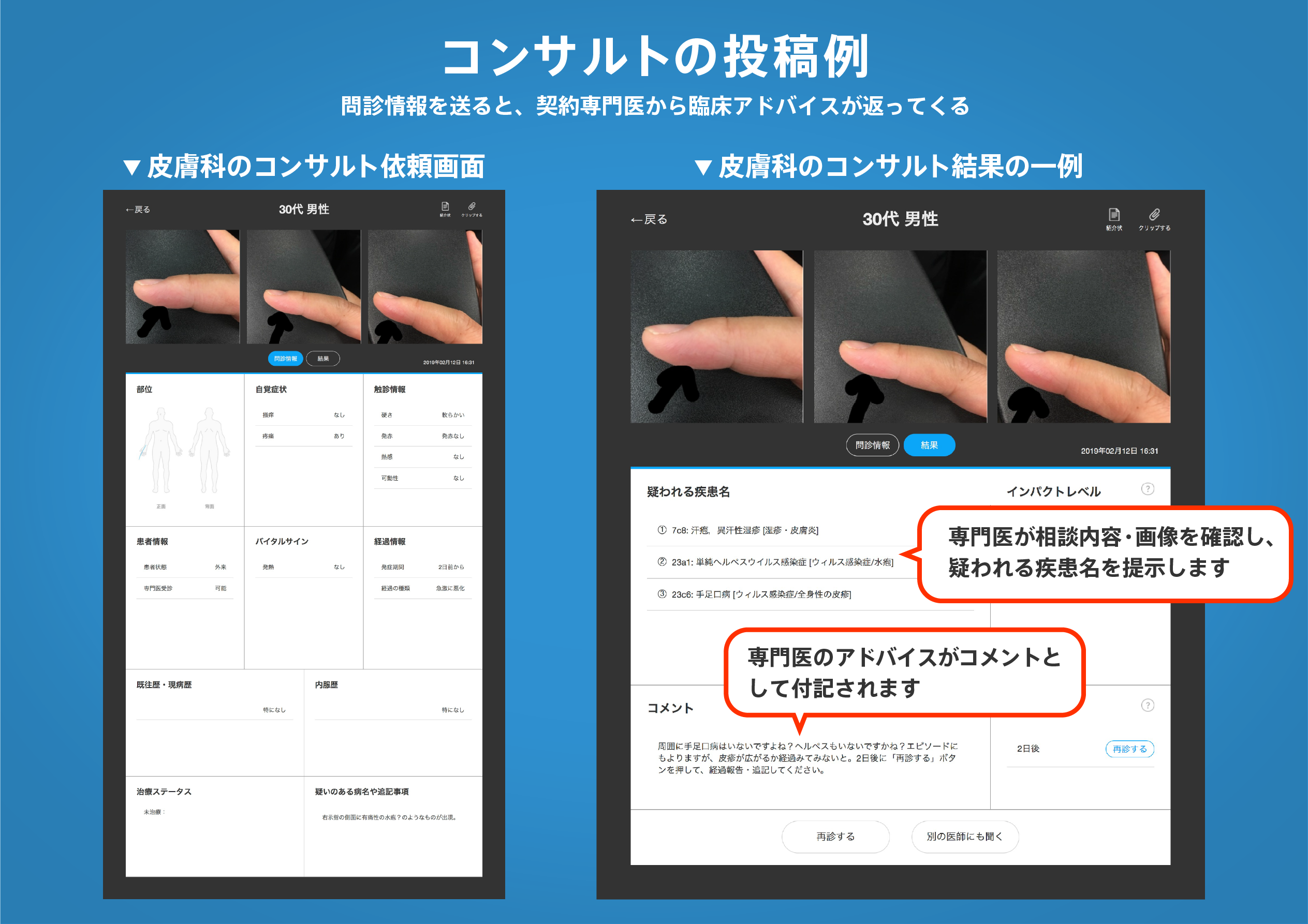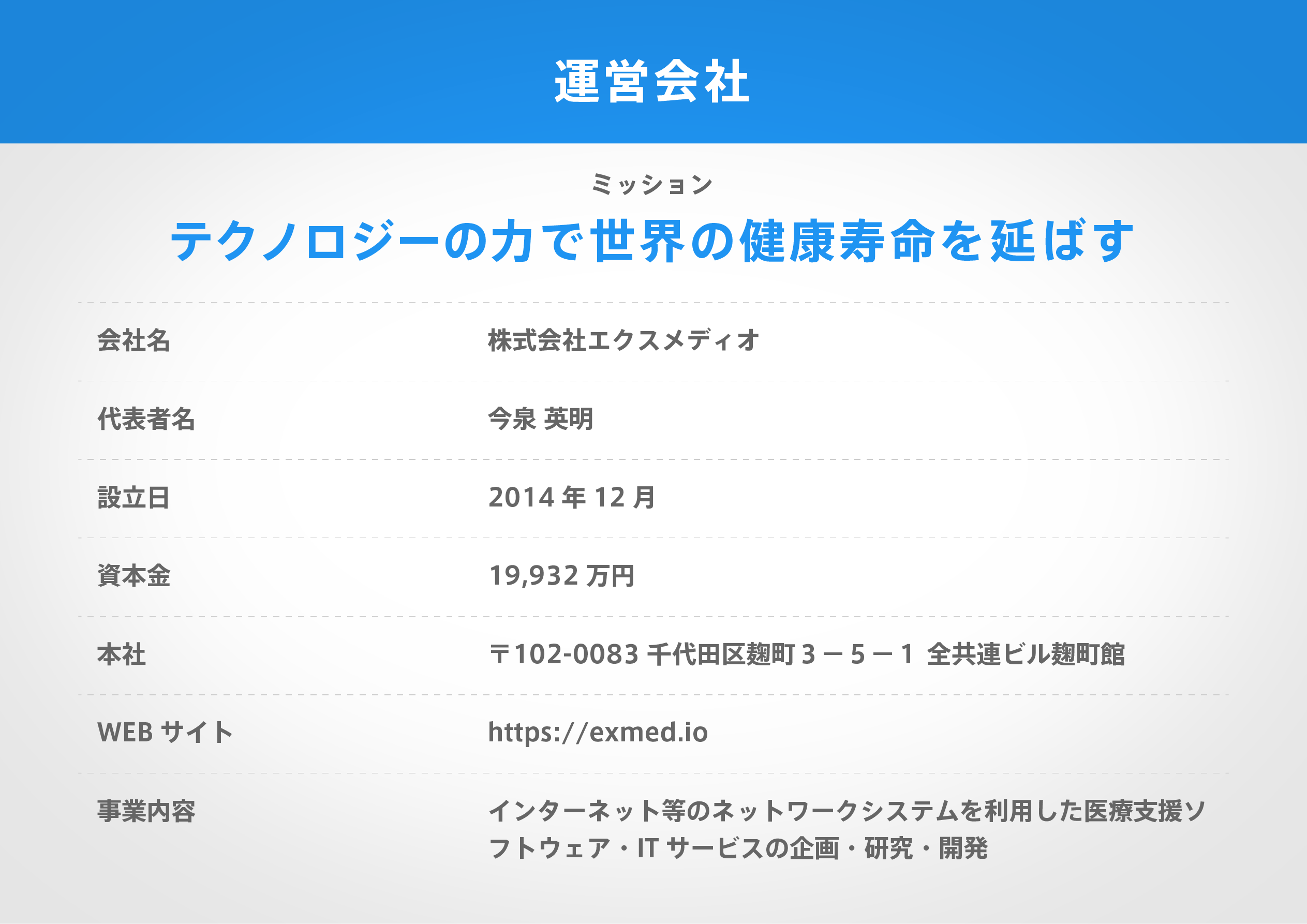著名医師による解説が無料で読めます
すると翻訳の精度が向上します
ラマン分光法は、in vivoのヒト組織におけるカロテノイド化合物を検出するための迅速な対物的非侵襲的光学的方法として有望です。カロテノイドは、抗酸化物質および/または深い青色およびUV波長近くの光毒性光の光吸収剤としての機能のために興味深いものです。ヒト網膜の黄斑領域では、カロテノイドは年齢に関連した組織変性の発症を予防または遅延させる可能性があります。人間の皮膚では、早期の皮膚の老化を防ぐのに役立つ可能性があり、特定の皮膚がんの予防に関与する可能性があります。さらに、カロテノイドは多種多様な果物や野菜に高濃度で存在し、食事を通じて人体に日常的に取り上げられているため、皮膚カロテノイドレベルは果物と野菜の摂取量の客観的なバイオマーカーとして機能する可能性があります。ラマン法をカロテノイド測定の広範な光学的代替として受け入れる前に、それを高性能液体クロマトグラフィーのゴールドスタンダードと比較するために、直接検証研究が必要です。これは、組織ラマンの反応が一般に、考慮されなければならない他の多くの光学プロセスを伴うためです。皮膚では、最も顕著なのは強く拡散した非ラマン散乱であり、カロテノイドの共鳴ラマン検出に必要な青/緑の励起光の比較的浅い光の浸透につながります。また、コラーゲン、ポルフィリン、ヘモグロビン、メラニン発色団からの吸収の組み合わせにより、かなりの光減衰が存在し、コラーゲンとポルフィリンによって追加の蛍光が生成されます。この研究では、in vivo皮膚組織カロテノイドラマン測定とその後のクロマトグラフィー由来のカロテノイド濃度の直接的な相関を初めて調査します。組織部位として、かかとの皮膚を使用します。角質層層の厚さは光浸透深度を超えています。これは光学的に混乱する発色団がありません。測定。この組織部位では、大きな集団の将来の検証研究のモデルサイトとして機能する可能性のあるこの組織部位で、優れた相関(係数r = 0.95)が得られます。得られた結果は、共鳴ラマン分光法が、in vivoのヒト皮膚におけるカロテノイド抗酸化物質の定量的評価のための有効な非侵襲的客観的方法論であるという証拠を提供します。
ラマン分光法は、in vivoのヒト組織におけるカロテノイド化合物を検出するための迅速な対物的非侵襲的光学的方法として有望です。カロテノイドは、抗酸化物質および/または深い青色およびUV波長近くの光毒性光の光吸収剤としての機能のために興味深いものです。ヒト網膜の黄斑領域では、カロテノイドは年齢に関連した組織変性の発症を予防または遅延させる可能性があります。人間の皮膚では、早期の皮膚の老化を防ぐのに役立つ可能性があり、特定の皮膚がんの予防に関与する可能性があります。さらに、カロテノイドは多種多様な果物や野菜に高濃度で存在し、食事を通じて人体に日常的に取り上げられているため、皮膚カロテノイドレベルは果物と野菜の摂取量の客観的なバイオマーカーとして機能する可能性があります。ラマン法をカロテノイド測定の広範な光学的代替として受け入れる前に、それを高性能液体クロマトグラフィーのゴールドスタンダードと比較するために、直接検証研究が必要です。これは、組織ラマンの反応が一般に、考慮されなければならない他の多くの光学プロセスを伴うためです。皮膚では、最も顕著なのは強く拡散した非ラマン散乱であり、カロテノイドの共鳴ラマン検出に必要な青/緑の励起光の比較的浅い光の浸透につながります。また、コラーゲン、ポルフィリン、ヘモグロビン、メラニン発色団からの吸収の組み合わせにより、かなりの光減衰が存在し、コラーゲンとポルフィリンによって追加の蛍光が生成されます。この研究では、in vivo皮膚組織カロテノイドラマン測定とその後のクロマトグラフィー由来のカロテノイド濃度の直接的な相関を初めて調査します。組織部位として、かかとの皮膚を使用します。角質層層の厚さは光浸透深度を超えています。これは光学的に混乱する発色団がありません。測定。この組織部位では、大きな集団の将来の検証研究のモデルサイトとして機能する可能性のあるこの組織部位で、優れた相関(係数r = 0.95)が得られます。得られた結果は、共鳴ラマン分光法が、in vivoのヒト皮膚におけるカロテノイド抗酸化物質の定量的評価のための有効な非侵襲的客観的方法論であるという証拠を提供します。
Raman spectroscopy holds promise as a rapid objective non-invasive optical method for the detection of carotenoid compounds in human tissue in vivo. Carotenoids are of interest due to their functions as antioxidants and/or optical absorbers of phototoxic light at deep blue and near UV wavelengths. In the macular region of the human retina, carotenoids may prevent or delay the onset of age-related tissue degeneration. In human skin, they may help prevent premature skin aging, and are possibly involved in the prevention of certain skin cancers. Furthermore, since carotenoids exist in high concentrations in a wide variety of fruits and vegetables, and are routinely taken up by the human body through the diet, skin carotenoid levels may serve as an objective biomarker for fruit and vegetable intake. Before the Raman method can be accepted as a widespread optical alternative for carotenoid measurements, direct validation studies are needed to compare it with the gold standard of high performance liquid chromatography. This is because the tissue Raman response is in general accompanied by a host of other optical processes which have to be taken into account. In skin, the most prominent is strongly diffusive, non-Raman scattering, leading to relatively shallow light penetration of the blue/green excitation light required for resonant Raman detection of carotenoids. Also, sizable light attenuation exists due to the combined absorption from collagen, porphyrin, hemoglobin, and melanin chromophores, and additional fluorescence is generated by collagen and porphyrins. In this study, we investigate for the first time the direct correlation of in vivo skin tissue carotenoid Raman measurements with subsequent chromatography derived carotenoid concentrations. As tissue site we use heel skin, in which the stratum corneum layer thickness exceeds the light penetration depth, which is free of optically confounding chromophores, which can be easily optically accessed for in vivo RRS measurement, and which can be easily removed for subsequent biochemical measurements. Excellent correlation (coefficient R=0.95) is obtained for this tissue site which could serve as a model site for scaled up future validation studies of large populations. The obtained results provide proof that resonance Raman spectroscopy is a valid non-invasive objective methodology for the quantitative assessment of carotenoid antioxidants in human skin in vivo.
医師のための臨床サポートサービス
ヒポクラ x マイナビのご紹介
無料会員登録していただくと、さらに便利で効率的な検索が可能になります。
